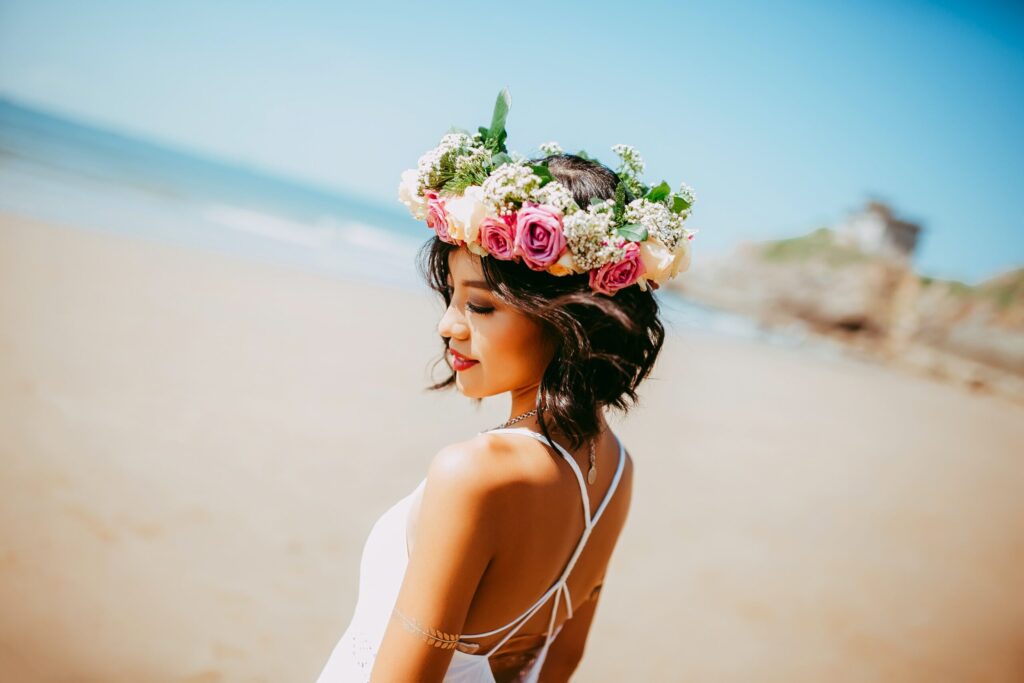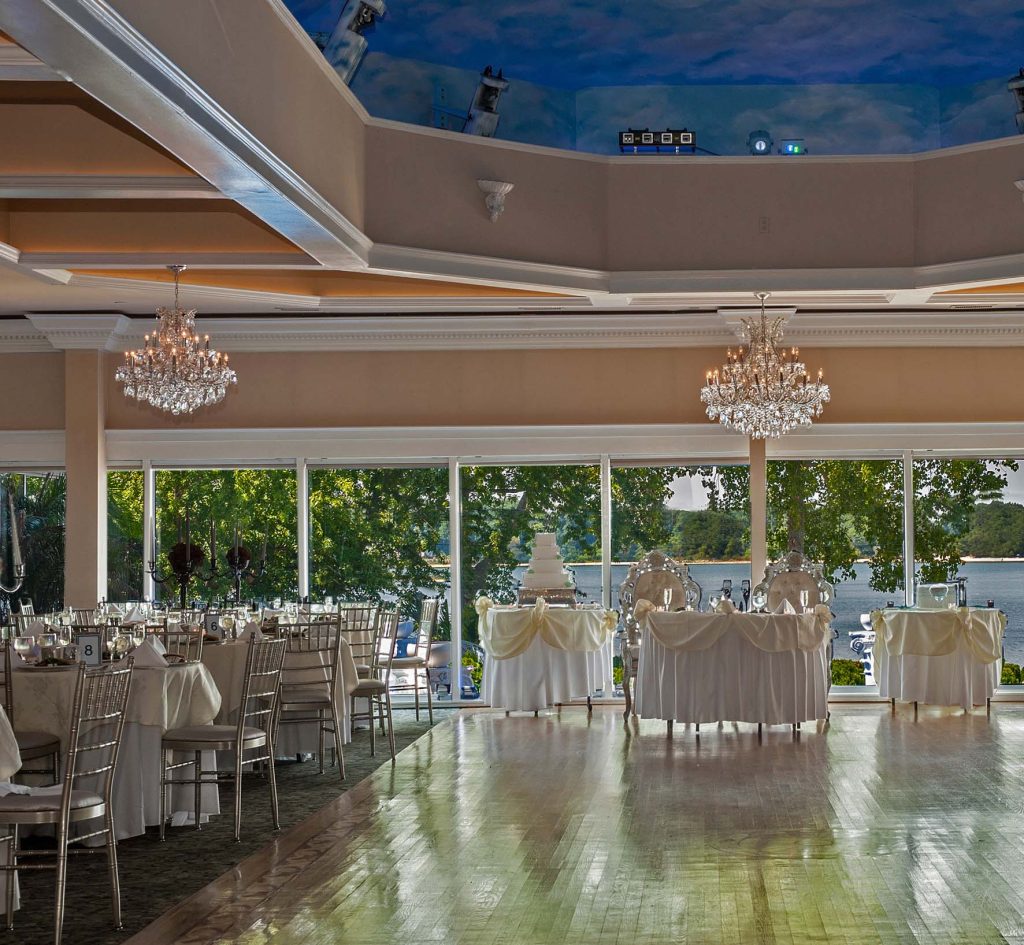When you think of a Japanese wedding, you might picture an austere shrine, beautiful kimonos, and a solemn priest. These are the kinds of images that pop into my mind. Shinto is Japan’s indigenous polytheistic religion, and many modern couples do choose to get married according to this wedding tradition.
However, many couples also prefer to combine parts of both Japanese traditions and Western traditions in order to create a wedding ceremony that is uniquely suited to them. Recent trend polls on Japanese wedding sites have shown that about half of all ceremonies are of a Western or Christian style, with secular ceremonies and Shinto rituals accounting for approximately 30 and 20 percent of the ceremonies, respectively.
There are certain traditions that are almost standard no matter what kind of wedding is being held, such as selecting a wedding date and delivering wedding gifts to the guests. There’s a lot of wiggle room to mix and match different ceremonies because it all depends on the kind of ceremony being performed. For instance, a bride may decide to wear both a traditional white wedding dress as well as a bridal kimono for the various stages of the ceremony in which she participates.
Pre-Wedding Plans
The engaged couple hosts a dinner for their respective families a few weeks before the wedding so that the two sets of parents can converse in an official setting.
The lunar-solar calendar, also known as the rokuyo, is frequently consulted by Japanese couples when it comes time to select a date for an important event. Dates that are said to bring “excellent luck” are quite popular, particularly when those dates come on the weekend.
Traditional Attire
Look for white dresses and tuxedos at Christian-style nuptials and stunning kimonos at Shinto-style weddings as examples of typical wedding attire. Regardless of the setting, it is traditional for the bride and groom to change into new outfits several times throughout the course of a formal wedding ceremony. This could include everything from kimonos to wedding dresses and suits to brightly colored garb.
The five-layered kimono worn by the groom is composed of white layers on the inside and a solid black robe emblazoned with the family crest on the outside. The traditional Japanese wedding gown is called a shiromuku and is made of white silk with elaborate embroidery. Colorful iro-uchikake robes, also known as colored robes, are another option; they have elaborate gold and silver embroidery over a crimson background.
A tsunokakushi translates to “hides her horns” and is worn to ward off jealously, or a voluminous wataboshi, a domed hat worn to conceal an equally ornate hairdo, are also appropriate headpieces to complement this kimono. The groom and his family are protected by the bride, who has a dagger hidden in her robe.
Wedding Venue
In Shinto, the original Japanese religion, the priest performs a ceremony called shinzenshiki, which translates to “marriage before the gods.” Nowadays, however, many couples opt instead to have their weddings at hotels or specially designed wedding venues. Unless the couple is Christian (about 2% of Japan’s population is), the officiant and venue at a “white” or Western-style wedding are likely to be imitations of a priest and a church.
After the ceremony, which is usually only seen by close family and friends, there is typically a reception in a banquet hall with a formal supper and several toasts from important family members and colleagues, such as the boss. More people tend to show up to the reception. A nijikai, or second party, is typically held at a local bar or restaurant after the official reception and is attended by closer friends and family members rather than more distant relatives. Most of the partying, drinking and dancing take place here.
Choose your Wedding Venues in Ronkonkoma NY that makes your special day even more special.
Gifts
Attendees of a Japanese wedding are required to present the newlywed couple with cash gifts known as goshugi. Money given as a gift is traditionally delivered in a special envelope known as shugibukuro and is sometimes decorated with twisted wire and other metallic trimmings. The rules state that the money must be given in new bills to represent a fresh start for the pair and that amounts with an odd number of zeroes are preferred to represent their unity. It is customary to gift a minimum of about $225 at the current currency rate from friends and higher amounts from relatives and superiors.
In addition to the couple’s gifts, the guests often get gifts in the form of wedding favors. Examples of these include hikidemono (bigger gifts like ceramics, glassware, or luxury towels) and higashi (smaller gifts like sweets and pastries). In recent years, it has become common practice to present the recipient with a gift catalog from which they can select an item of their choice.
This is the right place to find Waterfront Weddings Long Island.
Frequently asked questions
What happens at Japanese weddings?
During the ritual, the bride and groom are purified, sake is consumed, and the groom speaks the vows. Offerings made as part of the ceremony are made to the kami (Shinto deities). The kimono that the pair is wearing is customary. Following the ceremony, the newlyweds greet all of the guests and host the reception party.
What is a Japanese wedding called?
In general, there are two styles of wedding ceremonies in Japan: the western style and the Shinzen Shiki, or the traditional Japanese style. While the traditional Japanese style is typically held at a Shinto shrine or Buddhist temple, the western version is typically held at a Christian church or wedding venue.
What do you eat at a Japanese wedding?
A fish dish is served to start the party. Red rice, sake, seaweed, and brown algae are also in plenty. The meet is a rare commodity that is only linked with high-end luxury. The cutting of the wedding cake is a deeply revered tradition that develops into a brief ceremony in and of itself.









